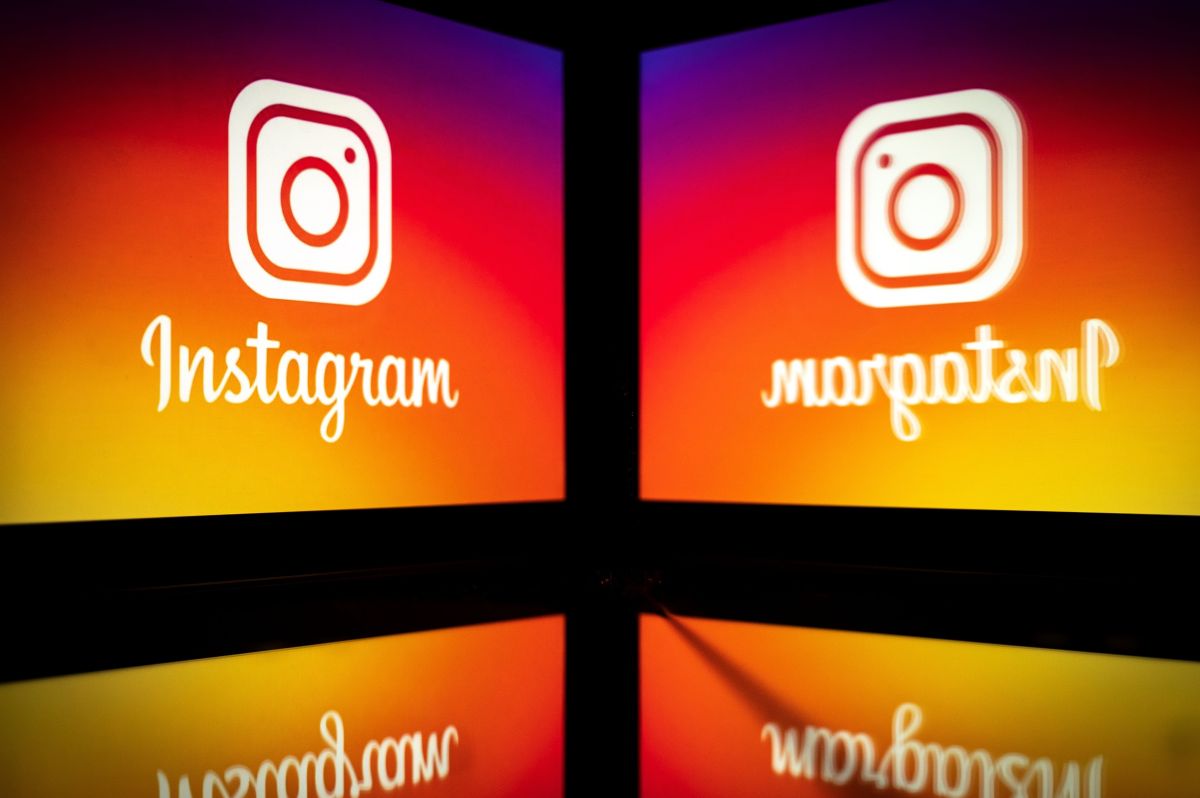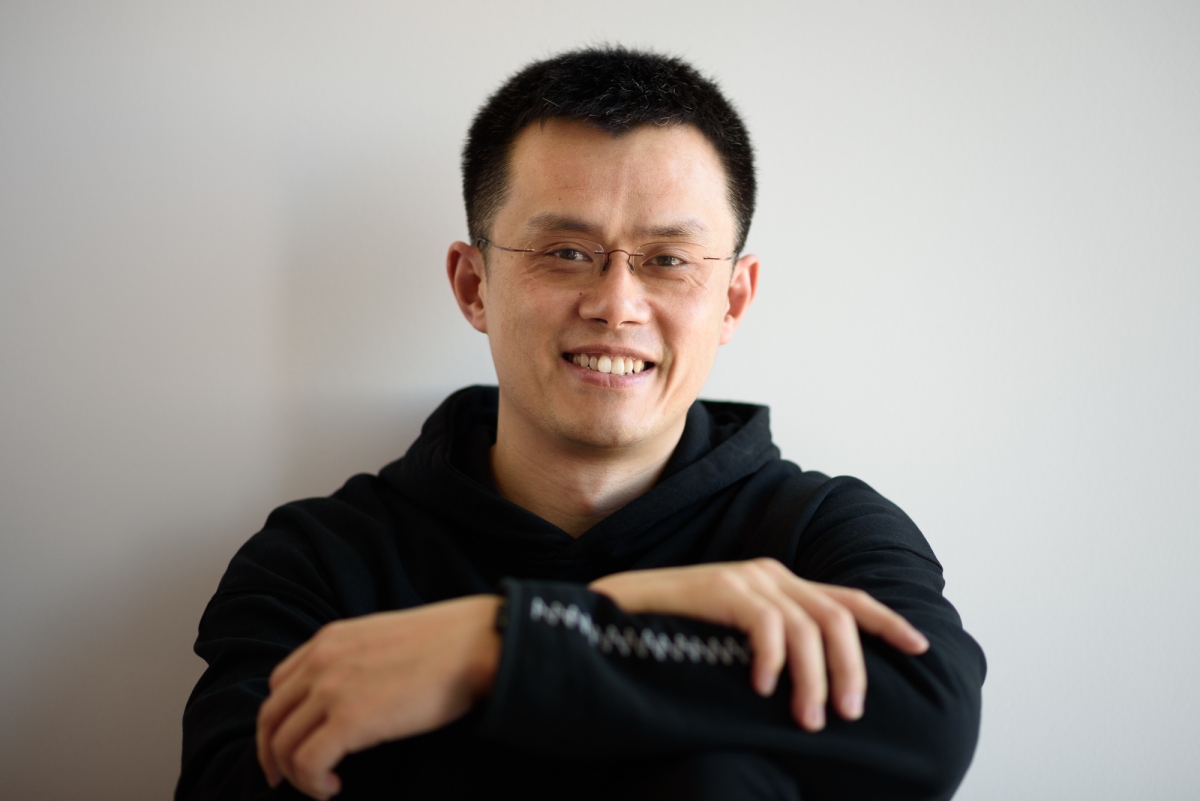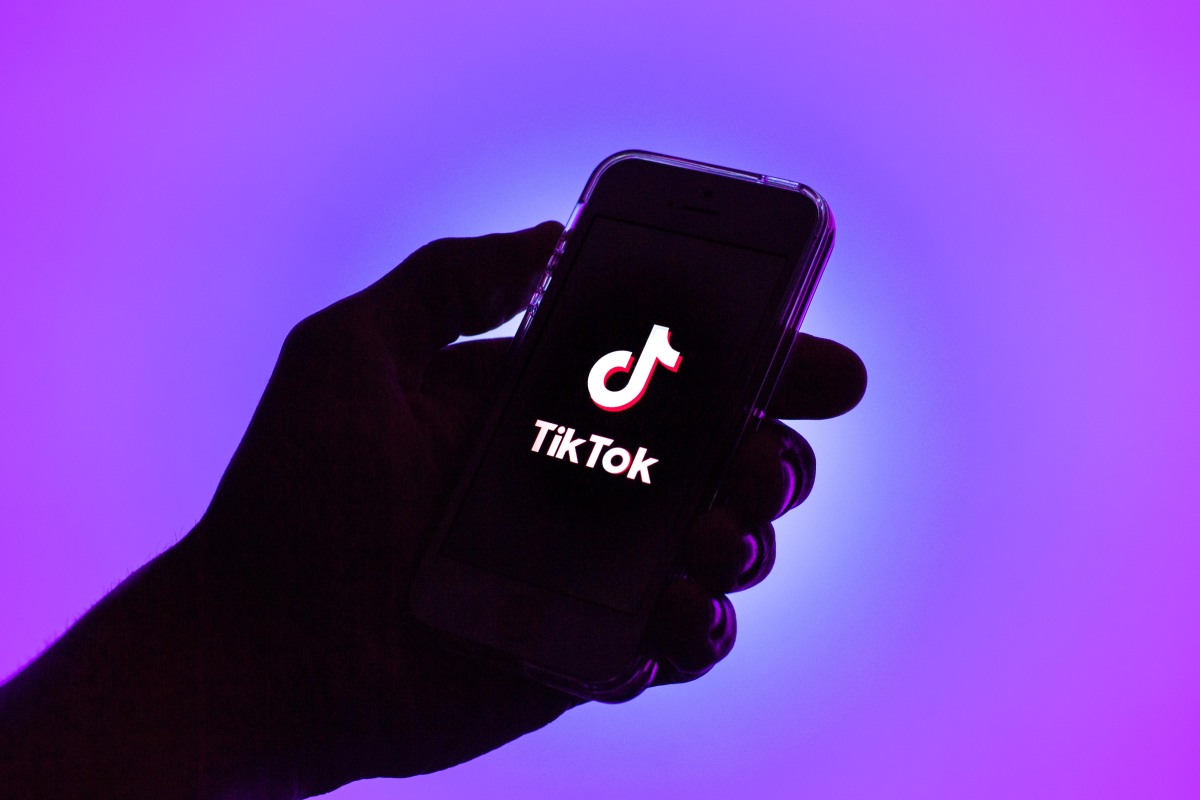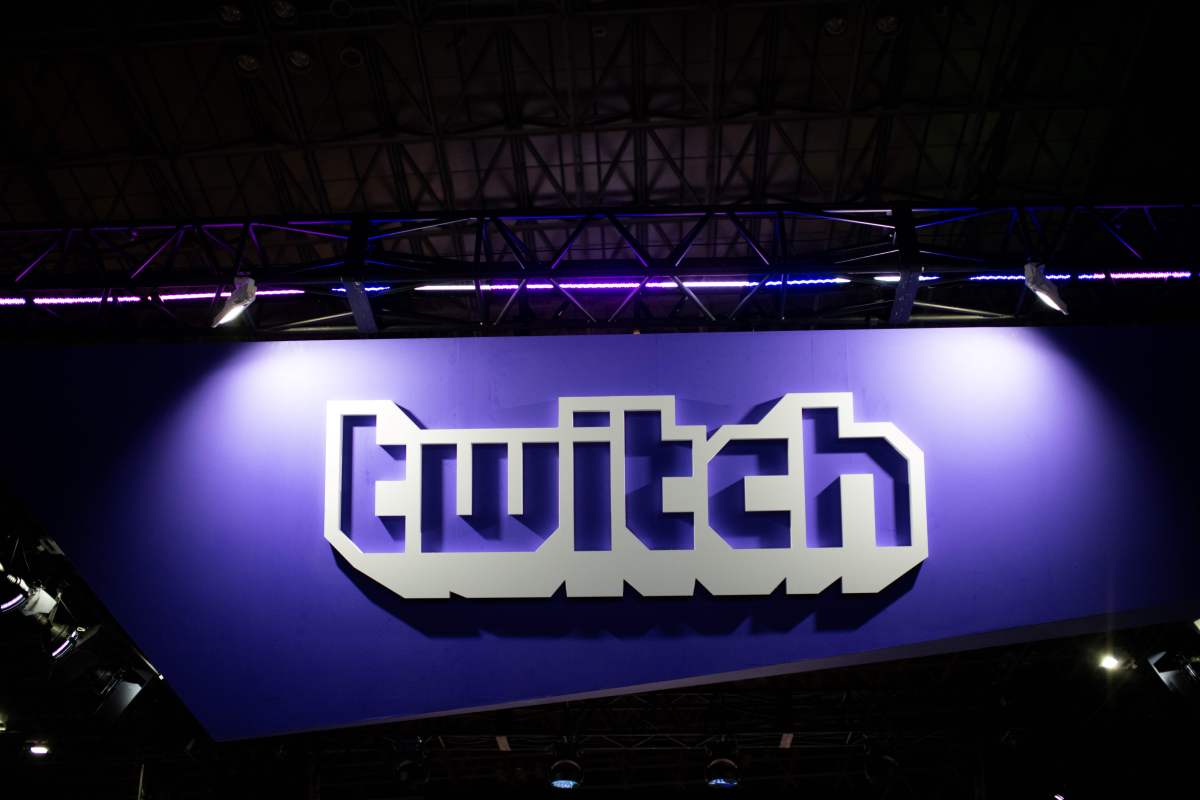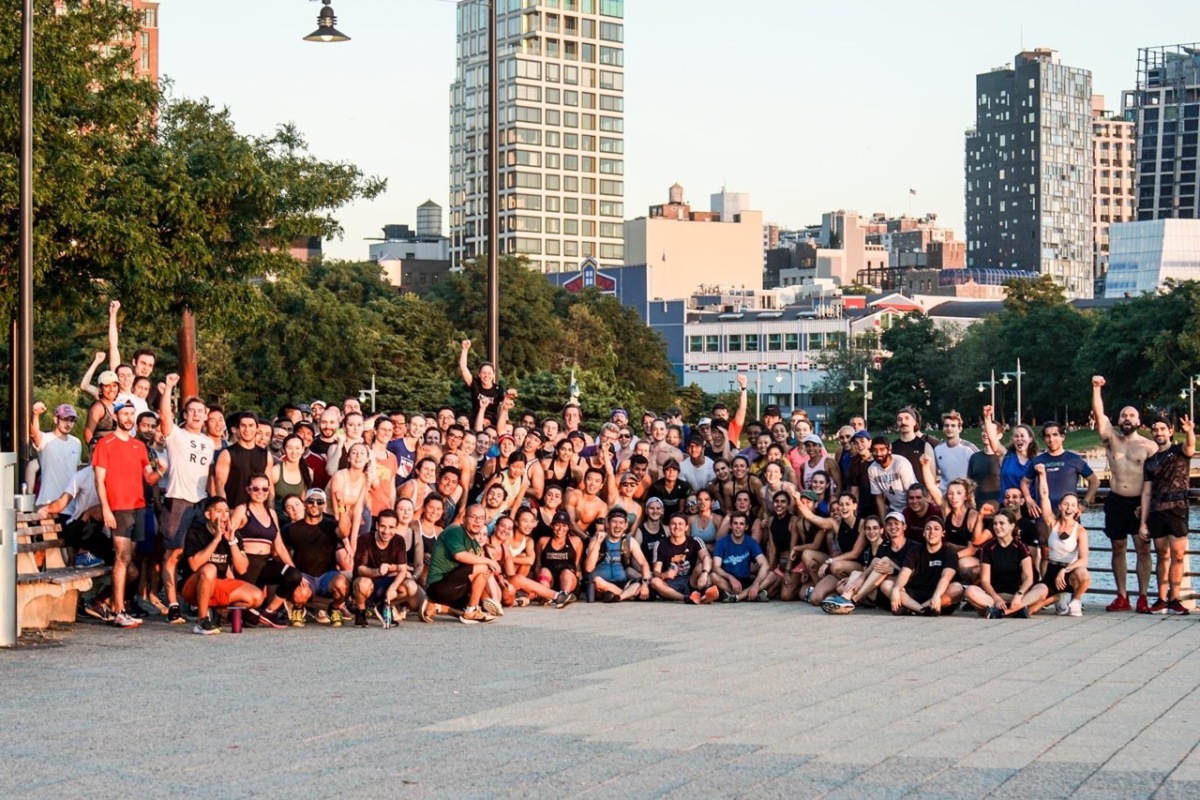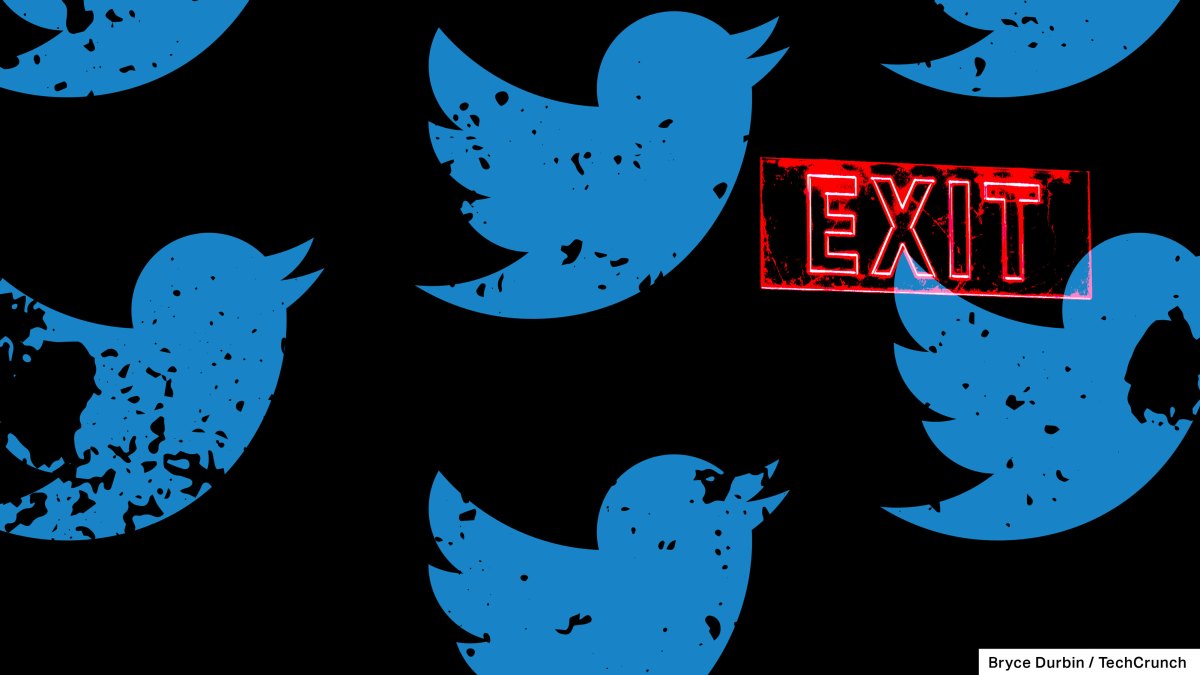Here’s what happened at Elon Musk’s meeting with civil rights leaders • ZebethMedia
After meeting with a group of civil rights leaders about his content moderation plans, new “Chief Twit” Elon Musk has committed to uphold existing election integrity policies until at least after the results of next week’s U.S. midterm elections have been certified. According to statements from leaders who attended the meeting, the mogul said he will not reinstate previously banned Twitter users until there is a transparent process for doing so. Musk also committed to including representatives from groups that suffer from hate-fueled violence in his proposed content moderation council. “Twitter will not allow anyone who was de-platformed for violating Twitter rules back on [the] platform until we have a clear process for doing so, which will take at least a few more weeks,” Musk wrote in a tweet about the meeting. He did not elaborate on which users would qualify to be reinstated. Musk has not always followed through on promises he has made about his business plans, making it hard to take his plans at face value. But for now, he has claimed he won’t be making vital content moderation decisions alone. According to Musk’s tweets, his meeting included representatives from Free Press, the Asian American Foundation (TAAF), Color of Change, the NAACP, the Bush Center, the League of United Latin American Citizens (LULAC) and the Anti-Defamation League (ADL). ZebethMedia reached out to these groups to independently confirm their attendance; all but the Bush Center, LULAC and TAAF have confirmed thus far. “The NAACP met with Elon Musk to express our grave concerns with the dangerous, life-threatening hate and conspiracies that have proliferated on Twitter under his watch. According to a report, hate speech increased by approximately 500% in the first 12 hours following his acquisition. Now let that sink in,” said NAACP President Derrick Johnson in an emailed statement. “Nazi memes, racial slurs, and extreme far-right propaganda do not belong in the ‘town square’ of any democracy or online platform. […] In the immediacy, it is critical that Twitter’s existing election integrity policies remain in effect until at the very least after the midterm elections have been certified.” Multiple leaders present at yesterday’s meeting have been vocal critics of Musk’s ideas for Twitter. The CEO of the ADL, Jonathan Greenblatt, wrote a statement after Musk took leadership of Twitter on Thursday, expressing the organization’s concern about the safety of marginalized groups on the platform. “We are concerned that Mr. Musk’s acquisition of Twitter may accelerate what ADL has seen repeatedly: the pushing out of marginalized communities from social media,” the statement reads. “As with Telegram, Gab, Parler, Rumble, and other platforms that refuse to address incitement and slander in the name of free speech, such platforms have become hotbeds for radicalism and hate. This invariably reduces the diversity of views on these services and narrows rather than expands the public conversation.” This was certainly a productive meeting & I appreciate @ElonMusk’s willingness to hear our concerns. With these 3 commitments, we’re cautiously optimistic about the future of @Twitter & will provide input & insight whenever possible. Ultimately, actions speak louder than words. — Jonathan Greenblatt (@JGreenblattADL) November 2, 2022 After he and ADL Vice President Yael Eisenstat participated in the virtual call with Musk, Greenblatt said that he is “cautiously optimistic” about Musk’s promises. Free Press has also taken action to respond to Musk’s ownership of Twitter. Yesterday, Free Press and dozens of other civil society groups published an open letter, calling on top-20 advertisers to demand that Musk uphold the network’s existing content moderation policies. “These commitments are a good first step but really just the beginning of a long process,” wrote Free Press co-CEO Jessica J. González in a statement. “As the report Free Press published last week shows, hate, abuse and conspiracy theories are rampant on Twitter. There is much more to do to make Twitter a space for robust and healthy dialogue.” Musk had already stated that he wants to build a content moderation council, which will discuss issues like the ban on former President Donald Trump’s account, which Musk has said he believes was a mistake. Twitter permanently banned Trump’s account in the days after the insurrection at the U.S. Capitol because his tweets violated Twitter’s Glorification of Violence policy. Even though Musk claims he will not re-platform any banned users until a clear process is established, users are concerned about how these plans will impact vulnerable groups, like the LGBTQ community. Last week, Musk replied to a tweet from the daughter of academic and self-help author Jordan Peterson, who was suspended from the platform for deadnaming trans actor Elliott Page and calling Page’s surgeon a “criminal physician” over the summer. When she asked if he would bring her father back on the platform, he replied: “Anyone suspended for minor & dubious reasons will be freed from Twitter jail.” Even Senator Ted Cruz (R-TX) has tweeted at the SpaceX and Tesla CEO about reversing Peterson’s ban. Anyone suspended for minor & dubious reasons will be freed from Twitter jail — Elon Musk (@elonmusk) October 28, 2022 Even though Musk promised these civil rights leaders that his content moderation council will include members of groups who face hate-fueled violence, this claim is at odds with Musk’s recent platforming of anti-LGBTQ conspiracy theories. Musk’s own Twitter history doesn’t set a reassuring precedent either. In April, he posted a meme making fun of Twitter’s head of policy and trust, Vijaya Gadde (who he fired immediately upon securing his takeover). The post, which criticized her for having a left-wing bias, incited a torrent of abusive, racist tweets at the executive. Earlier this month, Musk also warmly welcomed Ye (formerly Kanye West) to Twitter after he was suspended from Instagram for posting antisemitic messages. But 12 hours later, Ye was suspended from Twitter as well — he had continued his antisemitic tirade on the platform now owned by Musk, threatening that he was “going death [sic] con 3 On JEWISH PEOPLE.” For the last week, Musk’s

